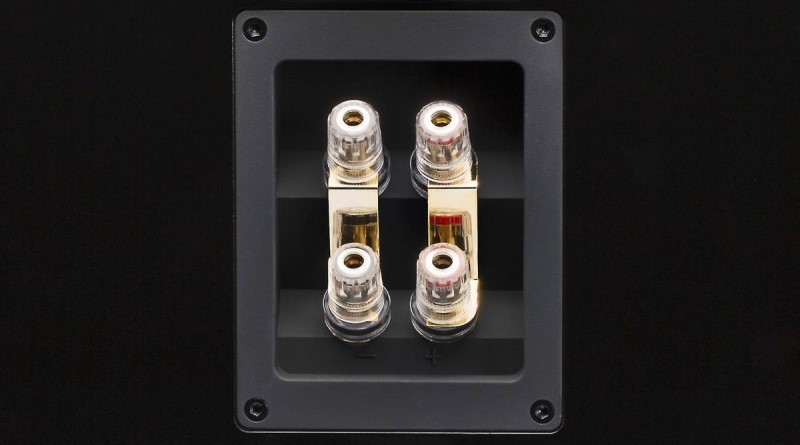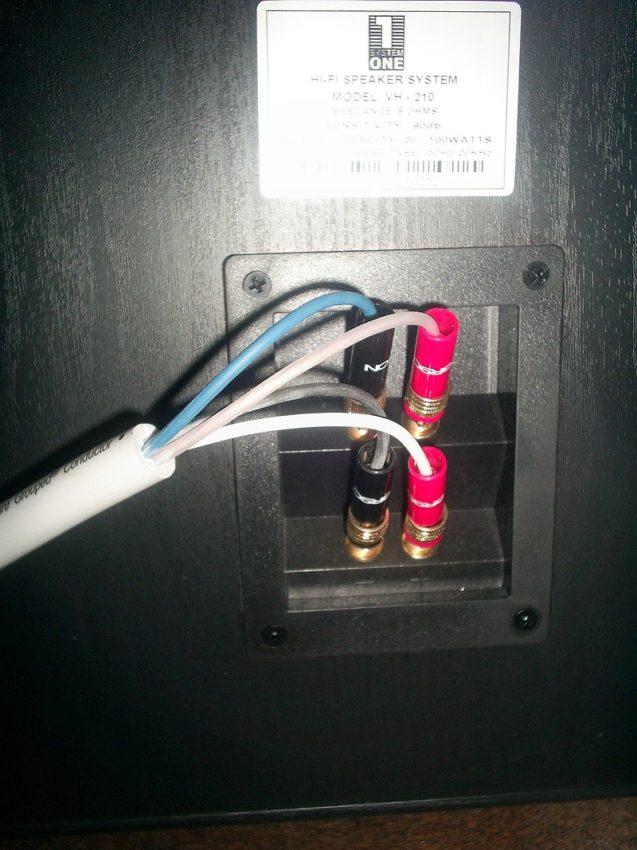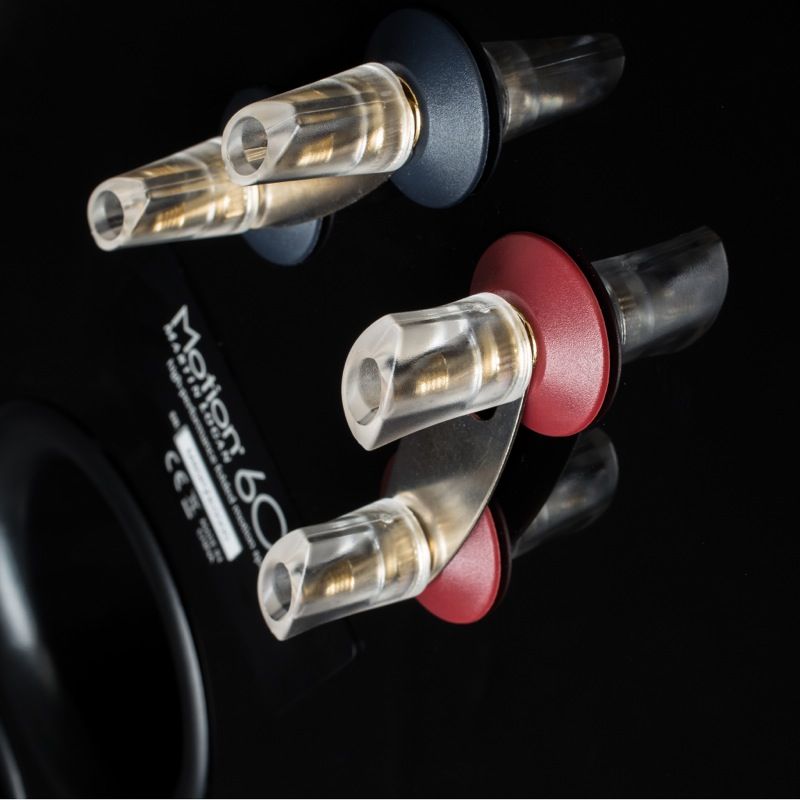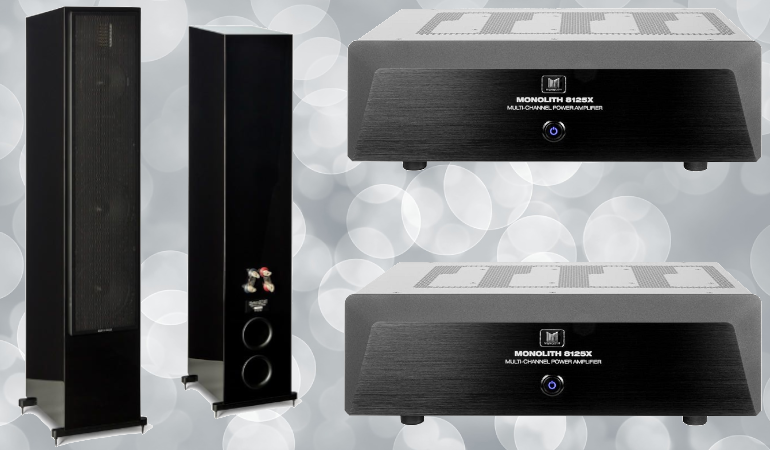Why Bi-Amping Doesn’t Make an Audible Difference
Of all the debates I see online, one of the most heated revolves around bi-amping your speakers. Should you do it? Is worth it? Some camps say that bi-amping a speaker yields a significant change in sound and dynamics. Others claim it makes no difference and the difference heard is psychological. I have been a resident in both camps, and I have tried both. But now, I am here to tell you why bi-amping doesn’t make an audible difference. Let’s discuss.
What Is Bi-Amping?
First off, not every speaker is capable of bi-amping. Only speakers that have more than one set of binding posts can be bi-amped. Generally, one set of posts is dedicated to high frequency, while the other is to low frequency. Usually, a copper bridge plate connects the post, allowing you to use only one set. In most cases, tower speakers and high-end bookshelf speakers use dual binding posts.

Secondly, not every AV receiver is designed for bi-amping. Higher-end integrated amplifiers and AV receivers have assignable channels that allow you to tell the amplifier to set up the amps to power the same speaker with two amplifier channels. Otherwise, you’d need pre-outs for those channels, a Y-splitter, and two external amplifiers.
You bi-amp a speaker by removing the bridge plate and connecting each set of binding posts (red and black) into a separate channel of amplification. So rather than having a single channel of power bridged across the binding posts, there is a dedicated channel for the high-frequency (let’s call it treble) and one for the low-frequency (bass). In short, rather than using a single channel of amplification and a single speaker cable for your speaker, you use two channels of amplification and two speaker wires for each speaker!

Ok, so the theory behind this is that by separating the treble and bass and providing a dedicated channel of amplification to each, you will provide more current to the speaker. For example, my AV receiver is 100 watts per channel (wpc). If I don’t bi-amp, that 100wpc is shared between the high- and low-frequency drivers. By bi-amping, each section gets 100wpc to use. This will allow for more headroom and greater control over the speaker.
Why Bi-Amping Doesn’t Make An Audible Difference
First, amps don’t push all their power to the speaker at all times. Speakers pull what wattage is needed based on the signal being fed to it. Lots of bass drums? Pull more from the amp to the woofers. Lots of vocals? Pull more from the amp to the tweeters. Speakers are designed to pull only what is needed to hit whatever volume you set on the dial. No more, no less.

Second of all, very few speakers will need to pull all the power from a channel. My Paradigm speakers are 91dB sensitive. That means if I sit 1 meter away, I need 1 watt (!!!) of power to get 91dB of volume. Reference level is 85dB with peaks of 105dB. So even at my seated distance of 2 meters, I need single digits of watts to get to reference. Never will my speakers draw close to the full 100 watts that are available, so giving the treble and bass separate amplification channels is silly.
Lastly, even though your speakers can separate the power between treble and bass, there is no guarantee the crossover in your “bi-amp-able” speaker will use it properly. So this could mean that you have taken the time to separate the power, just to have it feed into the same crossover, negating any possibility of audible difference. Sure, higher-end speakers could have two or even three separate crossovers, but we are talking about the typical speaker most people are using.
Does Bi-Amping Ever Make Sense?
I put a bit of thought into scenarios for this one. But I still think it’s a no. If you had low-impedance, low-sensitivity speakers, and you sat a considerable distance from them, and you were on the verge of clipping, maybe. Or, you could just buy a more powerful amplifier. That is the more common sense approach to a speaker that is clipping, not bi-amping.
And I know that you might argue that feeding 100wpc into the woofer and 100wpc into the tweeter is like feeding 200wpc into a single channel. WRONG. Most AV receivers rate max power as two channels driven. So in reality, your AV receiver can’t deliver 100wpc across every channel, all the time. The amp feeds the speaker needed watts based on the signal and volume. So if your speaker is clipping 100wpc, bi-amping might help marginally. Using a 200wpc amp will get rid of the possibility of clipping altogether!
Here is what you need to know. It takes very little power from your amplifier to get your treble uncomfortably loud. Tweeters are smaller and lighter than woofers. It takes much less power to move them. The extra cost and effort needed to bi-amp won’t matter with a tweeter. It doesn’t take a lot of power from the channel to move those tweeters. So taking that little bit of load off a single channel won’t make a bit of difference in the grand scheme. Again, this is why bi-amping doesn’t make an audible difference.
Our Take
With all the things that you could do to improve your setup, bi-amping is not one of them. Aside from not making any audible difference in your sound, I have yet to read anything that says it makes even a measurable difference. And that is one of the main reasons why bi-amping doesn’t make an audible difference, in my opinion.
I know those who support bi-amping will accuse me of having never tried it. Rest assured I have tried bi-amping, bi-wiring (that’s another article altogether), amps, DAC’s…the list goes on. I have gone down all the rabbit holes and I sold it all. Because if I was being honest myself, I couldn’t tell any subjective difference.
Most folks don’t sit far enough away from their gear to even use the maximum wattage of a single channel, let alone two. So save yourself some time and money, and invest in something that does make a difference like acoustic treatments.



Bi-amping with speakers using separate amps be it vertical or horizontal bi-amping can be potentially different in sound only if you can by-pass the passive x-overs, which is unlikely in any consumer home speaker systems and implement an electronic x-over.
Many car audio systems included speaker set ups that can use out board electronic x-overs and the associated amps.